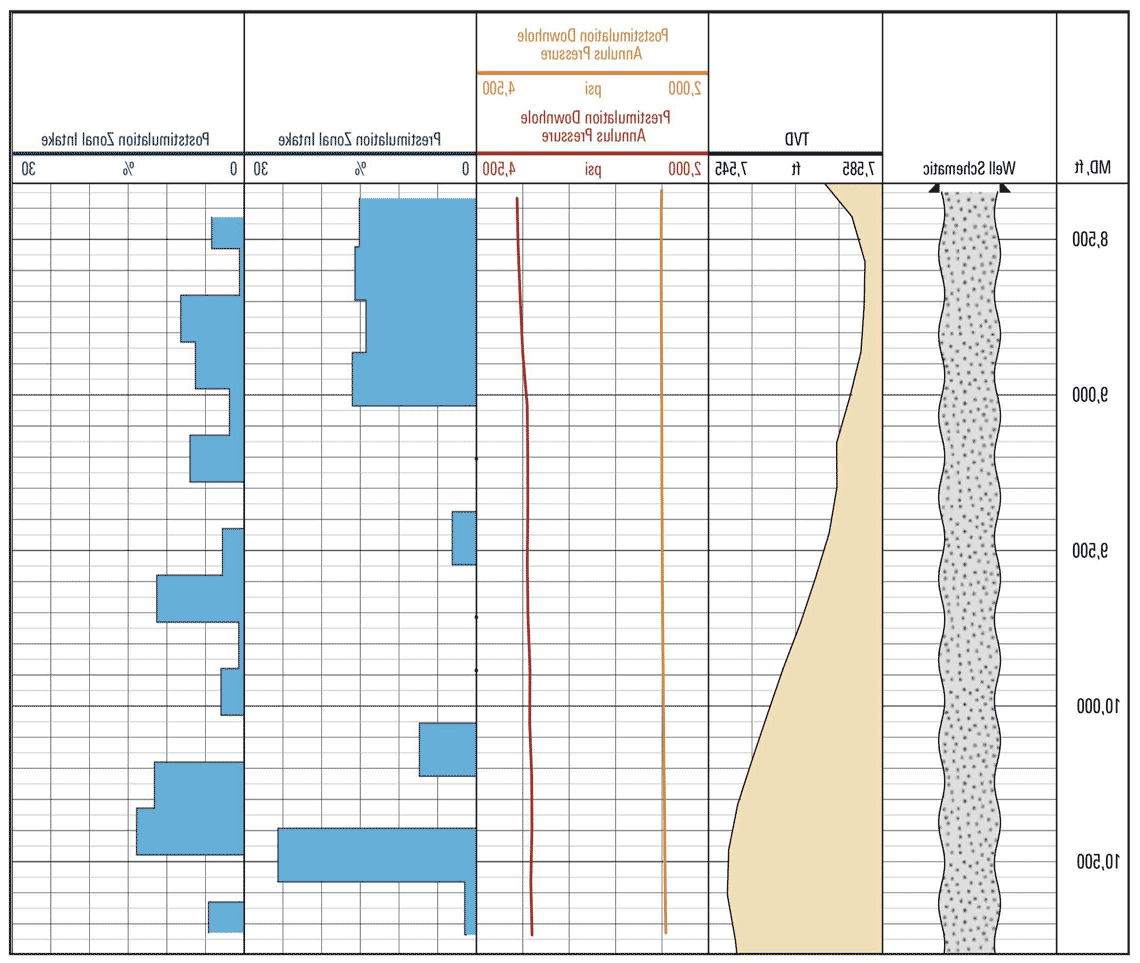ACTive Power
CT real-time powered downhole measurements system
Deliver power for downhole tools, enabling more efficient and battery-free intervention operations.
CT real-time flow measurement tool

As part of the ACTive Q CT real-time flow measurement service, the ACTive DFLO CT real-time flow measurement tool provides downhole fluid velocity measurement and direction detection while maintaining pumpthrough capability.
Effective in a wide range of downhole environments, the ACTive DFLO tool delivers additional feedback on the effectiveness of the intervention. In particular, the tool helps track the direction that the fluid takes due to the reservoir’s response to the treatment. Intervention parameters such as pumping rates, injection depth, and fluid volumes can be adjusted with increased confidence because they are based on the real-time downhole information. The measurements and telemetry are transmitted to the surface via fiber-optic cable and then input into the Techlog wellbore software platform.
Combining ACTive DFLO tool readings with other ACTive services measurements—such as pressure, temperature, gamma ray, casing collar location, tension compression, or DTS—enhances the effectiveness of real-time CT services. The combined monitoring of those crucial downhole and distributed parameters improves the understanding of the treatment as it progresses, and in turn, increases the effectiveness of ACTive services.
As an alternative to complex interventions that include production logging tools for simple postjob evaluation profiles, or profiling before and after a specific treatment, the ACTive DFLO tool can also profile flows across a producing or injecting interval to better inform decisions on treatment options.
